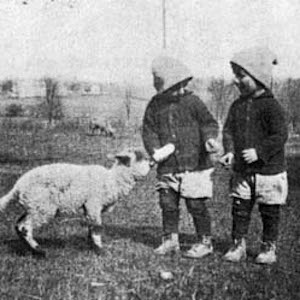North/Central America
Adolescent Sexual Experimentation Should Not Be a Crime
Morris Ploscowe was a graduate of Harvard law school who served as chief clerk of the Court of Special Sessions, and later as magistrate, in New York City. Ploscowe also served on the staff of the Wickersham Commission that investigated Prohibition and a variety of other crimes in the U.S.
Jailbait (1957)
Zeffrey 'Andre' Williams, a Rhythm and Blues performer, born in Chicago in 1936, is best known as co-writer and producer of songs such as "Shake a Tailfeather" by the Five Dutones. After moving to Detroit in his teens, he befriended the owners of Fortune Records.
U.S. Supreme Court Decision Justifying Gender-Based Age of Consent Laws
The Supreme Court is the final court of appeal in the American legal system, with the power to determine whether laws enacted by state and federal legislators comply with the American constitution.
1879 Cleveland Protestant Orphan Asylum Annual Reports
The official records and reports of social welfare agencies and institutions provide insight into societal beliefs and attitudes related to deviance and changes in those beliefs and attitudes over time.

1919 Cleveland Protestant Orphan Asylum Annual Report
The official records and reports of social welfare agencies and institutions provide insight into societal beliefs and attitudes related to deviance and changes in those beliefs and attitudes over time.
The Children’s Charter
By the early 20th century, urbanization and industrialization led many reformers to focus on child welfare and a recognition of children's rights as separate from those of adults. Several years later, Congress responded by creating the U.S.
Declaration of Independence, 1776
The author of the Declaration of Independence, Thomas Jefferson (1743–1826), was deeply influenced by the European Enlightenment. He spent many years in Paris and was just as much at home among European intellectuals as he was on his plantation in Virginia.
Examination of Sarah Carrier
Sarah Carrier: aged 7
Examination of Thomas Carrier, Jr.
Thomas Carrier: aged 9
Confessions of Dorothy and Abigail Faulkner, Jr.
Dorothy and Abigail Faulkner: aged 10 and 8